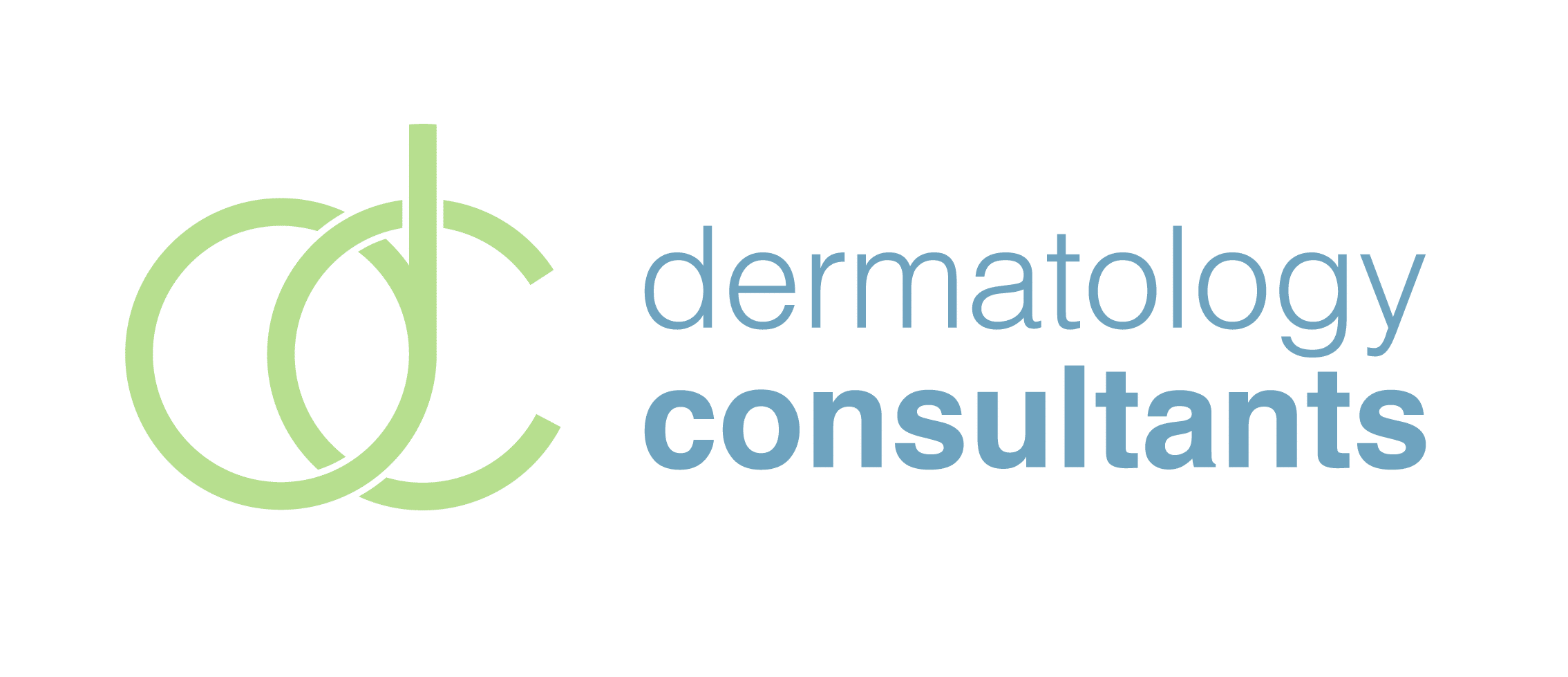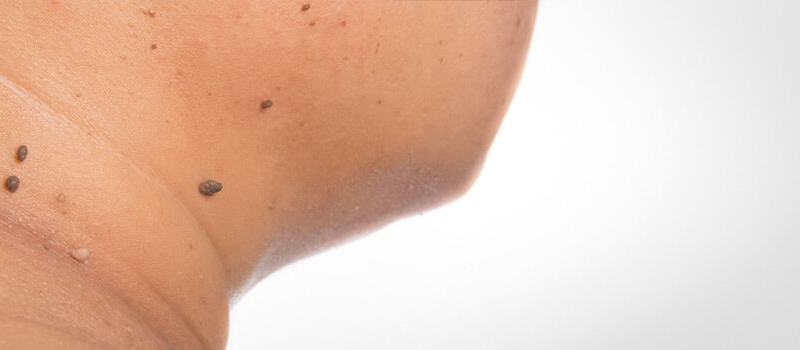Understanding and Treating Skin Cancer in Short Hills, NJ
Skin cancer has become the most commonly diagnosed cancer in the United States and its incidence continues to rise. Because skin cancer can take on many different appearances, detecting skin cancer at home is difficult for most people, including physicians Dr. Lin, Dr. Farley-Loftus and Dr. Vuong, board certified dermatologists, specialize in the detection and treatment of skin cancer. Patients from Livingston, Summit, Fanwood, Essex Falls, Springfield, and throughout northern New Jersey have chosen Dermatology Consultants of Short Hills for their skin cancer screening, diagnosis and Mohs procedure.
Over 90% of skin cancer is caused by long-term or intense exposure to ultraviolet (UV) light, making it by far the most important risk factor. Sources of UV light include sunlight and tanning beds. UV light damages your skin’s DNA. The body’s natural reaction to UV damage is a suntan. When natural DNA repair mechanisms are overwhelmed, uncontrolled growth of abnormal cells may occur. This collection of abnormal cells is cancer. There are different types of skin cancer, each named for the type of skin cell from which they originate. Most fall into three categories: basal cell carcinoma, squamous cell carcinoma and malignant melanoma. These skin cancer cells can be removed if identified early. Most skin cancers start as small, low-risk lesions that are easily treated by minor surgery or medication. However, they can grow and become high-risk skin cancer if they go undetected or untreated. Melanoma is the most alarming type of skin cancer as it is difficult to detect and aggressive. Squamous cell skin cancer and basal cell skin cancer are more easily detected and can often be cured with surgery alone. The best protection against skin cancer is to adapt a comprehensive sun protection program. This will minimize the biggest risk factor, and as an added bonus, maintain the youthful appearance of your skin.
The most common skin cancer symptom is a change in a mole or growth. This includes new pearl-shaped growths, moles that itch, grow or bleed, and non-healing sores. For those affected by skin cancer (basal cell carcinoma and squamous cell carcinoma), Mohs micrographic surgery offers the highest cure rate. This skin cancer removal technique involves removing all visible cancer, then processing and examining the skin under a microscope. This process is repeated until all skin cancer is removed. This technique makes Mohs surgery the most effective skin cancer treatment, and has the added benefit of minimal damage to normal skin.
Regular skin cancer screening can identify signs of skin cancer in its earliest stages. Skin cancer screening is a systematic evaluation performed by your dermatologist to identify suspicious lesions. If a skin cancer is diagnosed, depending on the type, size, extent and location of the cancer, your dermatologist will recommend a treatment plan. This is generally based on the risk of the cancer spreading or recurring after treatment. Options for treatments of skin cancer range from topical medications to Mohs surgery, with or without radiation and chemotherapy.
If you live in Verona, Scotch Plains, Springfield, Morristown or anywhere in northern New Jersey and would like skin cancer screening or need Mohs surgery, please e-mail or call Dermatology Consultants of Short Hills at 973-232-6245 to schedule an appointment with an expert dermatologist near you.




